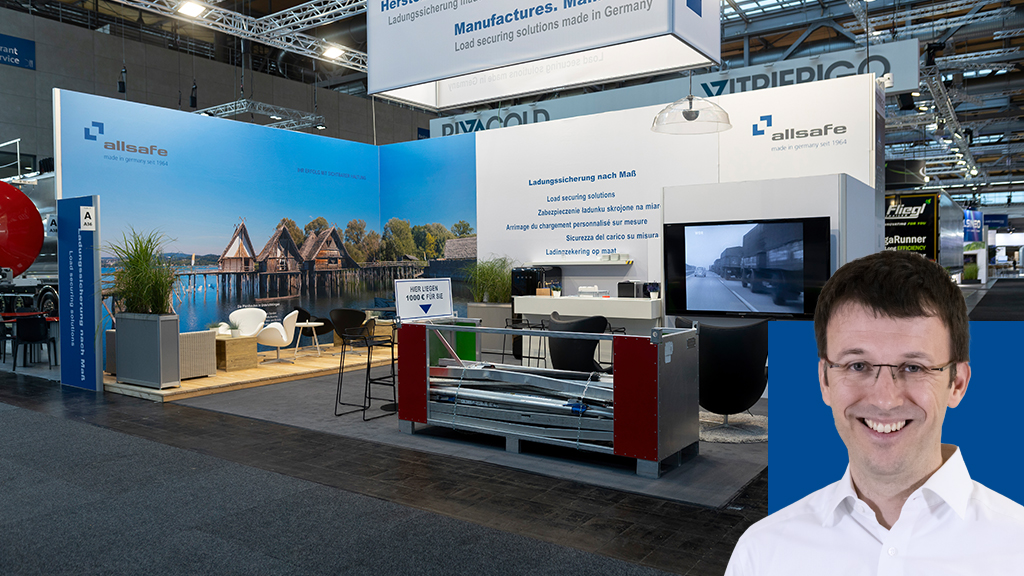Every two years at allsafe. Seven days at the IAA Transportation in Hanover. Weeks of preparations, lots of impressions, many exciting conversations. And the weeks after the trade fair are really exciting, when the contacts are followed up and the discussions are deepened.
But now everyone is in a mood for departure, or to be more precise: a breakup mood. I walk around the trade show and see how things are going at the other exhibitors. Everywhere, the booth builders are at work, dismantling what they set up before the fair, in some cases over ten days. Some of it will be here again next year in exactly the same way, will be reused. A trade fair stand like this is not exactly cheap. Especially as the cost of materials keeps rising. But I'm always shocked to see what's disposable, what's thrown away.
Valuable resources: After six days, nothing but trash
Huge walls are taken down, turned into small wood and disposed of in the container. Even if the material is used for heating: That is pearls before swine! Hundreds of square meters of carpeting: off to the trash. Meters of labeling foil: torn from the walls and disposed of. Disposable goods.
I understand that we exhibitors can't reuse everything: Who wants to present their great products on a stand that visitors can see at first glance that it has already had a few appearances?
Nevertheless, if you consider how many resources are consumed again and again at trade shows, only to be disposed of after a few days of use, it's mind-boggling.
Our stand has a life after the fair
I admit: In the past, we also used large parts of our stands only once. But for a few years now, we have been using a reusable structure at allsafe. And the stand we built last year will have a long life after the show - as a patio structure in a colleague's garden. We already have a buyer for part of the carpet. This is not necessarily a saving. For example, we had to transport the stand back from Hanover to southern Germany. But I think it's important to know that the expensive material won't end up in the dumpster, but will serve another, beautiful purpose for many years to come. And it fits better with allsafe and our commitment to the circular economy.
Sustainability also works at the trade show booth
There will never be a trade show that produces no waste. But you can think about how to produce less of it. For example, we cover our stand with printed fabric panels instead of wood or chipboard. We have drinks in returnable bottles and flower bulbs wrapped in paper as giveaways. Who needs gummy bears in plastic bags or the umpteenth cheap pen made in the Far East?
You can live sustainability and resource conservation at the stand instead of just propagating it as a marketing argument on large slides that subsequently end up in the trash. And that starts with carpooling to the trade show instead of making yourself "CO2 neutral" through compensation payments.
You can ...
What ideas do you have for more resource conservation and circular economy at the trade show booth?
Write to me: matthias.koenig@allsafe-group.com
I become thoughtful when large car manufacturers boast of a CO2-neutral trade show appearance: It may well be that the CO2 equivalents are compensated somewhere via modern indulgence trading. But is it the right way to consume insane amounts of resources for one's own, essentially ancient business model in order to then present oneself as a CO2-neutral exhibitor?
Matthias König
